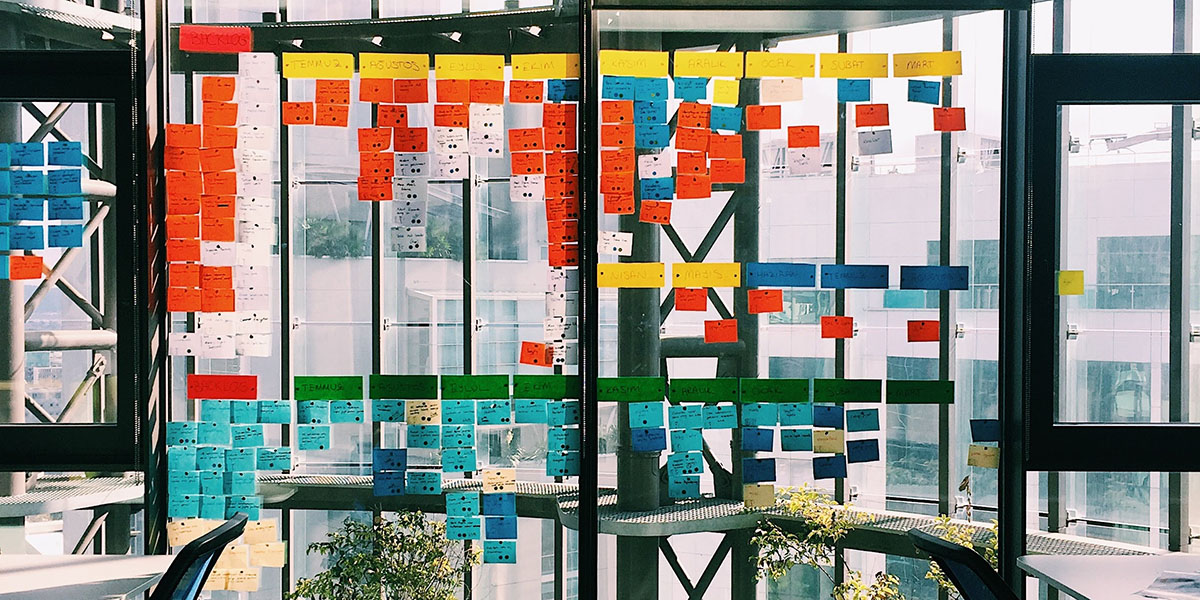
Unveiling the Agile Trio: Scrum, Kanban, and Lean
by Poly Plugins in Programming, Software Development on July 5, 2023In today’s rapidly evolving business landscape, organizations strive to adopt agile methodologies to enhance productivity, flexibility, and customer satisfaction. Three prominent frameworks, Scrum, Kanban, and Lean, have emerged as leading contenders in the realm of agile project management. While all three share a common goal of improving efficiency and reducing waste, they differ in their approach, principles, and implementation. In this article, we will delve into the distinctive features of Scrum, Kanban, and Lean, shedding light on their unique characteristics and highlighting their respective strengths.
Scrum: Collaboration and Iterative Development
Scrum is a framework designed to facilitate collaborative teamwork, transparency, and iterative development. It embraces an incremental and iterative approach, dividing the project into small, manageable units called sprints. These sprints typically last from one to four weeks, during which the development team focuses on delivering a potentially shippable product increment. The Scrum framework consists of three key roles: the product owner, Scrum Master, and development team.
The product owner acts as the bridge between the development team and stakeholders, prioritizing requirements and maximizing the product’s value. The Scrum Master serves as a facilitator, ensuring adherence to Scrum principles and removing any impediments that hinder progress. The development team comprises self-organizing individuals responsible for delivering the product increment.
Scrum also emphasizes frequent inspection and adaptation through ceremonies such as daily stand-ups, sprint planning, sprint reviews, and retrospectives. These rituals foster transparency, collaboration, and continuous improvement, enabling teams to respond quickly to changing requirements and deliver value incrementally.
Kanban: Visualizing Workflow and Continuous Flow
Kanban, derived from the Japanese manufacturing system, focuses on visualizing workflow and optimizing the flow of work. The core principle of Kanban revolves around limiting work in progress (WIP) to maintain a steady and predictable flow. Kanban boards, typically consisting of columns representing different stages of work, help teams visualize their tasks and track progress.
Kanban promotes a pull-based system, where team members pull work from a backlog according to their capacity, rather than having work assigned to them. By setting WIP limits for each stage of the workflow, Kanban prevents overburdening and ensures a balanced distribution of work. This approach helps identify bottlenecks, reduce multitasking, and increase efficiency.
Continuous improvement is another fundamental aspect of Kanban. Teams regularly evaluate their processes and make incremental changes to optimize workflow, eliminate waste, and enhance overall productivity. By focusing on flow, Kanban enables organizations to deliver value more swiftly and respond effectively to changing priorities.
Lean: Minimizing Waste and Maximizing Value
Lean, inspired by the Toyota Production System, emphasizes minimizing waste and maximizing value delivery. Rooted in a customer-centric mindset, Lean aims to eliminate any activities that do not add value to the end product or customer. It encourages a culture of continuous improvement, empowering teams to identify and eradicate non-value-adding activities, also known as “muda.”
Lean introduces several tools and techniques, such as value stream mapping, to identify and eliminate waste across the entire value chain. It fosters a culture of respect for people, promotes cross-functional collaboration, and encourages individuals to take ownership and responsibility for their work.
The five principles of Lean thinking are value, value stream, flow, pull, and perfection. These principles guide organizations in streamlining processes, reducing lead times, optimizing resource utilization, and enhancing customer satisfaction.
Unlock your business’s full potential with our expert Agile consulting services. Discover the perfect Agile methodology tailored to your unique needs. Contact us today for a transformative consultation!
Conclusion
Scrum, Kanban, and Lean are three prominent frameworks that share the common goal of achieving agility in project management. While Scrum focuses on collaboration and iterative development, Kanban emphasizes visualizing workflow and maintaining a steady flow of work. Lean, on the other hand, emphasizes waste reduction and maximizing value delivery.
The choice between these frameworks depends on the organization’s specific needs, project complexity, and team dynamics. Some organizations may adopt a hybrid approach, combining elements of Scrum, Kanban, and Lean to create a customized agile framework that suits their unique requirements.
By understanding the distinctive features of Scrum, Kanban, and Lean, organizations can make informed decisions and embark on their agile transformation journey, unlocking the benefits of improved productivity, customer satisfaction, and adaptability in an ever-changing business landscape.
